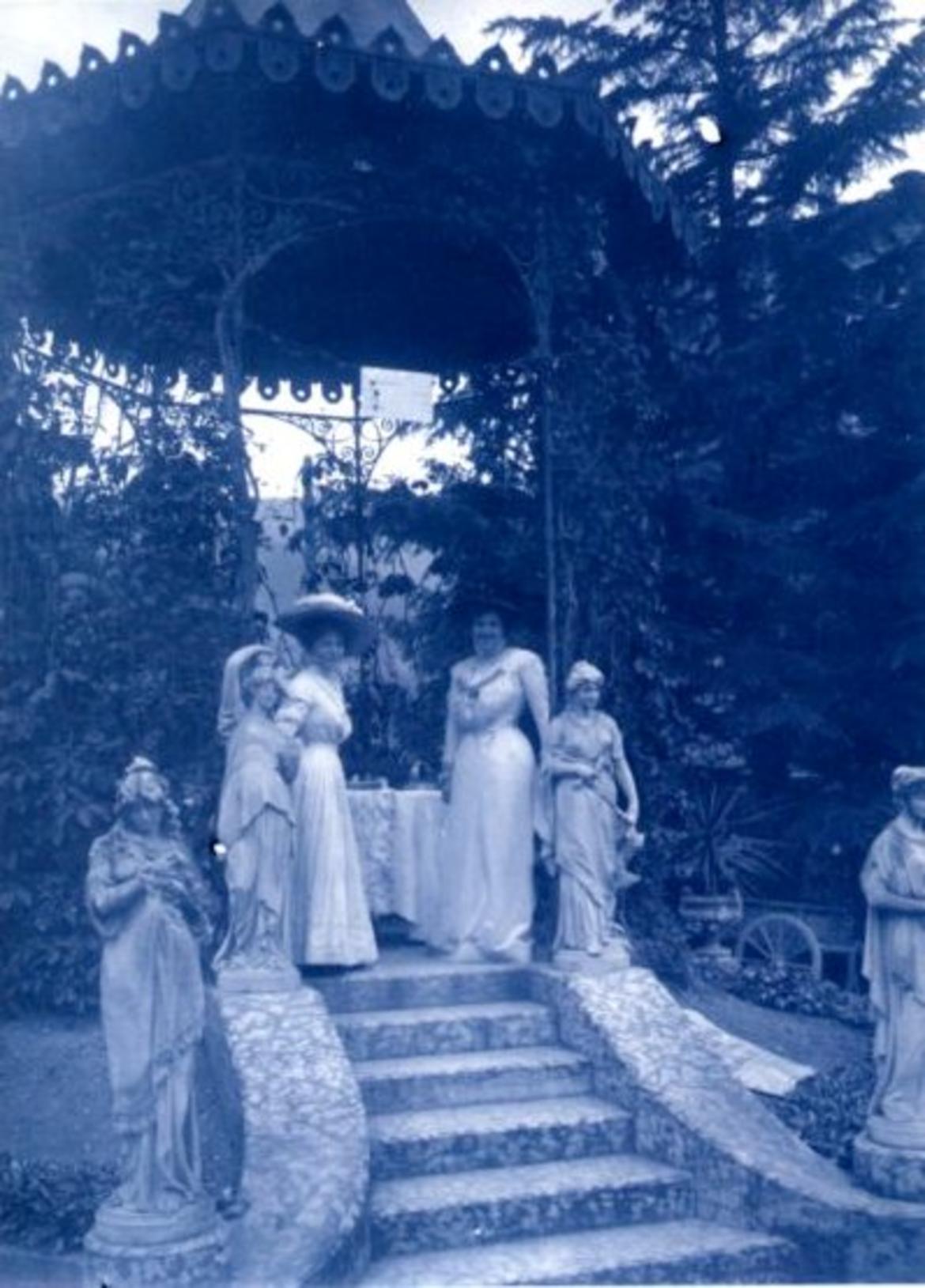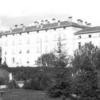"How to look at the works of art"
Fragments of a lost garden

At the crossroads between via Gazzoletti and via Petrarca in Trento there’s a weird pair of stone pillars that only a keen eye can notice: at their top there are baskets of flowers and fruit; between them, a large gate leads to an office on the ground floor of a functionalist small building.
A few steps away, two beautiful full-length allegorical sculptures are to be found; in the Art Nouveau style, they represent Industria and Pittura (Industry and Painting) and adorn a small car park of a block of flats.
Behind these fragments - which are not connected nowadays- there is a lost world, a page in the Belle Epoque in Trento, referring to a wealthy business family, the Scotoni, and their villa, deep in the green of a large garden, decorated with the sculptures of the most famous sculptor of the time, Andrea Malfatti (1832-1917), who had his studio there.
The Scotoni family and the artist were very good friends, and shared a strong patriotic feeling, at a time when Trentino was still part of the Austro-Hungarian Empire.
That’s why some of the decorative sculptures in the garden (which was opened to the public on special occasions) had a clear political meaning; they were later crippled and buried during the First World War by soldiers of the Austro-Hungarian Army (and kept today at the History Museum of Trento).
The garden had tall trees, an imposing greenhouse - including a terrace with panoramic view -, several fountains, a fretworked wooden pavilion, and a gazebo with stairway. Its history has been reconstructed thanks to archival documents and to many beautiful photographs and is to be found in the catalogue of a recent exhibition entitled Scatti di pietra. Sculture di Andrea Malfatti nella fotografia tra Otto e Novecento (Shots of stone. Sculptures by Andrea Malfatti in photography in the nineteenth and twentieth centuries), organized by L. Dal Prà, L. Giacomelli, A. Tiddia (Album no.6, Department responsible for history and artistic heritage, archival and library material, Trento 2011).
01/12/2014



